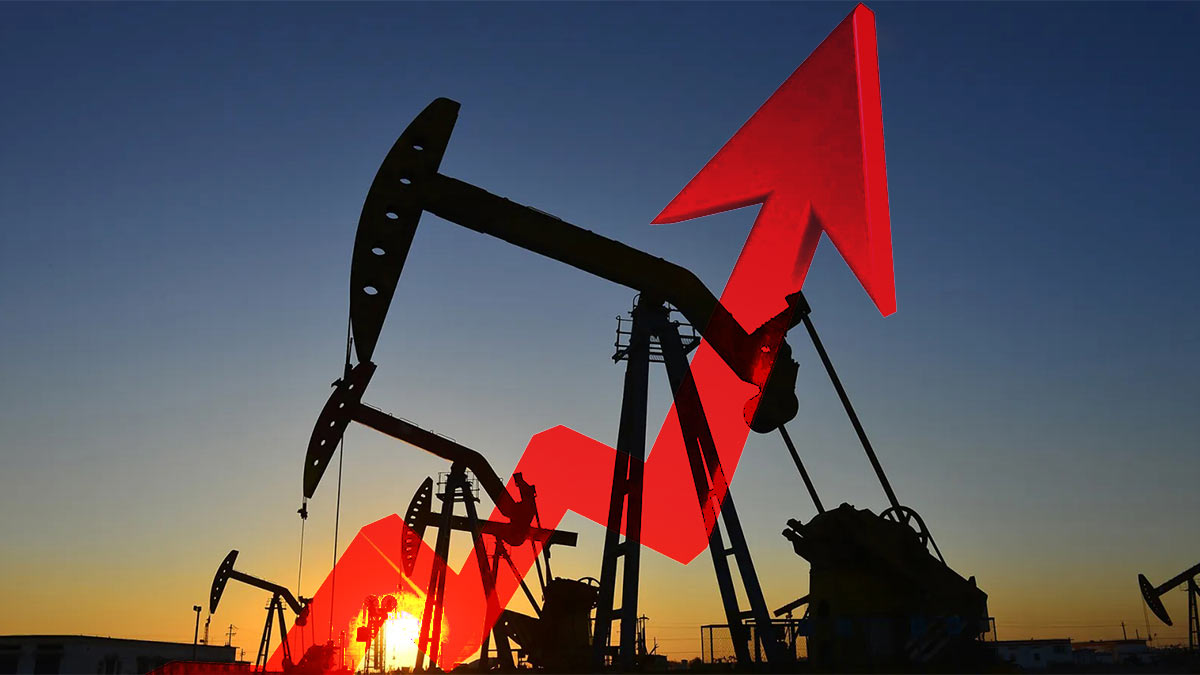Bank of America analysts forecast that Brent crude could rise to $110 per barrel in 2023 amid remaining risks, such as a ceiling on fuel prices from Russia and risks from OPEC members like Iraq and Libya, writes Business Insider.
Brent is now around $86 a barrel, which means the upper bound of BofA’s forecast represents a 28% increase. Prices for the brand have averaged about $101 a barrel this year and will be nearly the same next year, averaging $100 and peaking at $110 during the peak season. In the first quarter of 2023, the price of Brent crude will generally be lower compared to the rest of the year, according to the analysts’ forecast.
To recap: last Friday, the EU agreed to cap Russian oil prices at $60 per barrel, and the decision went into effect this Monday, along with a ban on Russian oil imports to the EU by sea. Russia’s response was to announce that it would not sell oil to anyone in this arrangement, and Russian oil exports could be reduced to 1 million barrels per day.
The BofA note said that while Russia’s total oil production today is somewhere around 10 million bpd, any significant deviation below that could lead to a sharp rise in prices.
But there are other risks besides Russia, notably further disruptions in oil supply from OPEC producers such as Libya, Nigeria, Iraq, which could “alert the market” as a shortage of 1 million barrels per day or more could be created, and each unexpected 1 million barrel fluctuation in supply or demand would push Brent prices up by $20-25 per barrel.
However, there are also a number of bullish factors: the shift from gas to oil and China’s economic recovery after easing restrictions. The expected recession poses downside risk to prices, as on average the global recession has reduced demand by 640,000 barrels per day.


